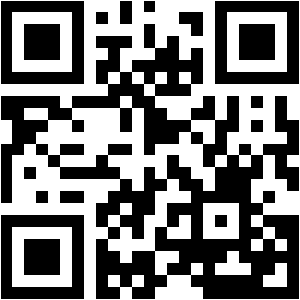BLO1001 Business Statistics Report, SUSS, Singapore: Body mass index (BMI)[1] is a person’s weight in kilograms divided by the square of height in meters
Question 1
Body mass index (BMI)[1] is a person’s weight in kilograms divided by the square of height in meters. BMI is an inexpensive and easy screening method for categorizing weight measurement, be it underweight, healthy weight, overweight, or obesity.
Using the random sampling method, describe how you would select 10 students from EACH diploma course to form a new sample dataset of 60 students. Based on this sample dataset, determine the mean BMI and construct a 95% confidence interval for the population mean. Comment on this 95% confidence interval as compared with the healthy adult’s BMI (18.5 to 24.9) (published by MOH)[2]. Explain what the impact is if you increase the confidence level from 95% to 99%.
Question 2
Dr Jim Tan, a health consultant at MOH, published a research article about obesity issues recently. He believed that the BMI for Singaporean adults is normally distributed with a population mean of 21.
Based on your sample dataset (consists of 60 students) used in Question 1, can you conclude that the sample mean BMI is different as compared to the population mean at 0.05 level of significance? Use p-value approach to perform your hypothesis testing. What can you conclude if the level of significance is changed from 0.05 to 0.01?
Stuck with a lot of homework assignments and feeling stressed ? Take professional academic assistance & Get 100% Plagiarism free papers
Question 3
Reference to Question 2, Dr Jim Tan in his research article on the obesity issues commented that the consumption of soft drinks/bubble tea is correlated to the BMI. He also linked the consumption level to the lifestyle (including type of diploma courses for full-time students, work/family related stress, weekly physical exercises, etc.) of a person.
Based on the complete RDC Excel file (consists of 975 students), can you conclude that there is a difference among the students of the six diploma courses in terms of the consumption level of soft drinks/bubble tea? Use p-value approach to perform your Chi-square goodness-of-fit test at 0.05 level of significance. Do you agree with Dr Jim Tan concerning the students in different diploma courses evidenced in different consumption level of soft drinks/bubble tea?
[1]Centers for Disease Control and Prevention
[2] Ministry of Health, Health Hub’s Website
Question 4
Reflect your learning journey of Business Statistics since April 2021, particularly on the last two topics, i.e. hypothesis testing and Chi-square goodness-of-fit test. Your reflection should include (but not limited to) the following:
1.What are the key takeaways that you find them useful and why?
2. How can you learn better if you can restart your learning journey?
3. Provide an example of business related scenario where hypothesis testing (or Chi-square goodness-of-fit test) can be used to gain insight and for better decision-making. Explain how the required raw data can be collected and analysed.
Buy Custom Answer of This Assessment & Raise Your Grades
Looking for academic assistance? Singapore University of Social Sciences (SUSS) students can now benefit from our comprehensive range of services. Whether you need help with your FYP, solutions for summative assignments, or require a professional touch for Report Writing, our experts are here to support you. Take the stress out of your studies and entrust our qualified professionals who have extensive experience in providing top-notch assignment writing service in Singapore.
- NUR 3015 Health and Social Policy Summative Assignment Report 2025/26 | SIT
- PS5009MKT Digital Business Assessment Coursework | Coventry University
- 5007MKT Marketing Insight Assignment Coursework 2 – Coffee Shop Industry | Coventry University
- HL3044 The Legends of King Arthur Assignment Semester 1, AY2025-26 | NTU
- AVM343 Airport Design and Planning End-of-Course Assessment – July Semester 2025
- BX2091 Tourism & Leisure Management Assessment 3 Research Workbook 2026 | JCU
- ICT239 Web Application Development End-of-Course Assessment – July Semester 2025
- Health Economics and Policy Assessment Essay | TU London
- Project on Probability and Statistics using MATLAB Assignment | NUS
- HS2261/HS2232 Adult Nursing 2 ICA 4: Care of Patient with Musculoskeletal Disorder


